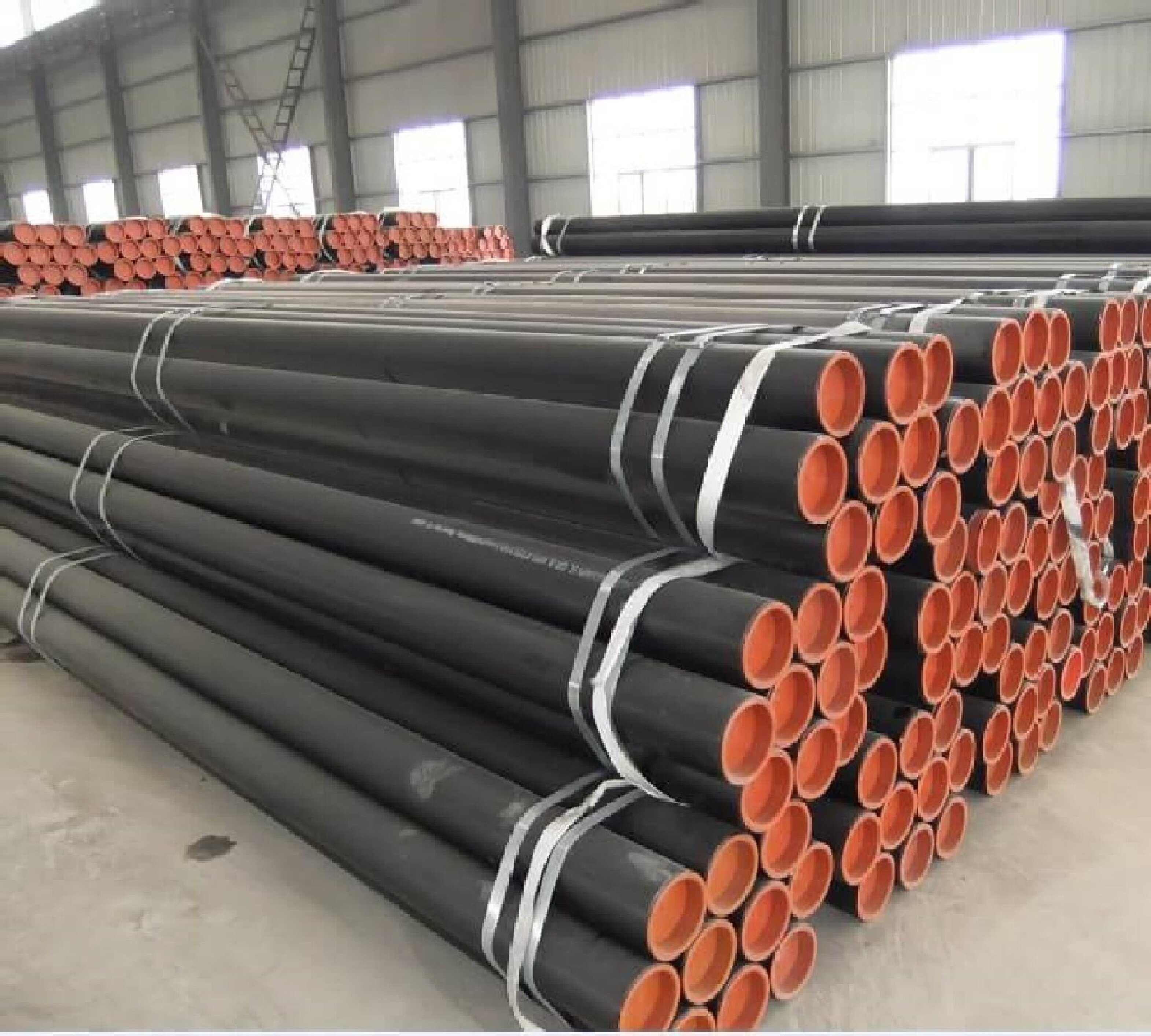-
Cangzhou Yulong Steel Co., Ltd.
-
Phone:
+86 13303177267 -
Email:
admin@ylsteelfittings.com
- English
- Arabic
- Italian
- Spanish
- Portuguese
- German
- kazakh
- Persian
- Greek
- French
- Russian
- Polish
- Thai
- Indonesian
- Vietnamese
- Zulu
- Korean
- Uzbek
- Hindi
- Serbian
- Malay
- Ukrainian
- Gujarati
- Haitian Creole
- hausa
- hawaiian
- Hebrew
- Miao
- Hungarian
- Icelandic
- igbo
- irish
- Japanese
- Javanese
- Kannada
- Khmer
- Rwandese
- Afrikaans
- Albanian
- Amharic
- Armenian
- Azerbaijani
- Basque
- Belarusian
- Bengali
- Bosnian
- Bulgarian
- Catalan
- Cebuano
- China
- China (Taiwan)
- Corsican
- Croatian
- Czech
- Danish
- Esperanto
- Estonian
- Finnish
- Frisian
- Galician
- Georgian
- Kurdish
- Kyrgyz
- Lao
- Latin
- Latvian
- Lithuanian
- Luxembourgish
- Macedonian
- Malgashi
- Malayalam
- Maltese
- Maori
- Marathi
- Mongolian
- Myanmar
- Nepali
- Norwegian
- Norwegian
- Occitan
- Pashto
- Dutch
- Punjabi
- Romanian
- Samoan
- Scottish Gaelic
- Sesotho
- Shona
- Sindhi
- Sinhala
- Slovak
- Slovenian
- Somali
- Sundanese
- Swahili
- Swedish
- Tagalog
- Tajik
- Tamil
- Tatar
- Telugu
- Turkish
- Turkmen
- Urdu
- Uighur
- Welsh
- Bantu
- Yiddish
- Yoruba

Sep . 07, 2024 23:57 Back to list
High-Quality Butt Weld Fittings for Seamless Connections
Understanding Butt Weld Fittings Key Features and Applications
Butt weld fittings are essential components in piping systems, particularly in industries such as oil and gas, petrochemical, and water treatment. Designed for durability and strength, these fittings facilitate the seamless connection of pipes, ensuring that they can withstand high pressures and temperatures while maintaining flow integrity.
What Are Butt Weld Fittings?
Butt weld fittings are utilized to join two or more sections of piping by welding the ends of the fittings to the pipe directly. This method creates a smooth transition between the pipe segments, which minimizes turbulence, ensures a consistent flow rate, and reduces the risk of leaks. Common types of butt weld fittings include elbows, tees, reducers, and caps, each serving a specific purpose in a piping system.
Key Features
1. Durability One of the primary reasons for using butt weld fittings is their robustness. The welded joint is stronger than the pipe itself, making it a reliable choice for high-pressure applications.
2. Seamless Flow Since there are no joints or seams in the flow path, butt weld fittings provide a continuous interior surface, allowing for better flow characteristics and reducing the risk of clogging.
3. Versatility Butt weld fittings can be manufactured from various materials, including carbon steel, stainless steel, and alloys, making them suitable for a wide range of applications and environments.
4. Cost-effectiveness While the initial installation might be more time-consuming and labor-intensive than other fitting types, the long-term benefits of reduced maintenance and longevity make butt weld fittings a cost-efficient choice over time.
butt weld fittings

Applications
Butt weld fittings find widespread use in various applications, including
- Oil and Gas Industry The ability to withstand high pressures and corrosive materials makes butt weld fittings ideal for the transportation of oil, gas, and chemical substances. - Water Treatment These fittings are commonly used in water treatment plants due to their resistance to corrosion and ability to maintain water quality.
- Food Processing Stainless steel butt weld fittings are prevalent in the food and beverage industry, ensuring compliance with health regulations while maintaining product integrity.
- Power Generation In power plants, butt weld fittings play a crucial role in steam and cooling systems, providing reliable connections that can endure high temperatures.
Installation Considerations
While installing butt weld fittings, careful planning and execution are crucial. It’s essential to ensure that the pipe ends are adequately prepared and aligned for a strong weld. Professionals typically use specific welding techniques—such as TIG (Tungsten Inert Gas) or MIG (Metal Inert Gas)—to guarantee the integrity of the weld.
Conclusion
Butt weld fittings are vital components in the construction of efficient and reliable piping systems. Their durability, seamless flow characteristics, and versatility make them a preferred choice across various industries. Understanding their features and applications can help professionals make informed decisions about piping systems, ensuring longevity and optimum performance. As industries continue to evolve, butt weld fittings will remain a cornerstone of safe and effective fluid transport solutions.
Latest news
-
ANSI 150P SS304 SO FLANGE
NewsFeb.14,2025
-
ASTM A333GR6 STEEL PIPE
NewsJan.20,2025
-
ANSI B16.5 WELDING NECK FLANGE
NewsJan.15,2026
-
ANSI B16.5 SLIP-ON FLANGE
NewsApr.19,2024
-
SABS 1123 FLANGE
NewsJan.15,2025
-
DIN86044 PLATE FLANGE
NewsApr.19,2024
-
DIN2527 BLIND FLANGE
NewsApr.12,2024
-
JIS B2311 Butt-Welding Fittings LR/SR 45°/90° /180°Seamless/Weld
NewsApr.23,2024











